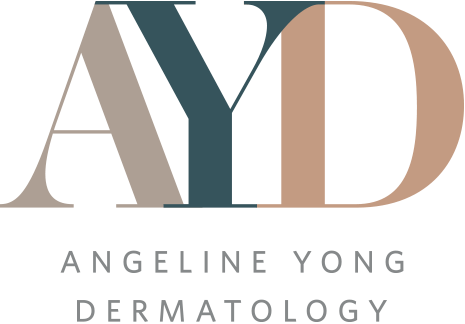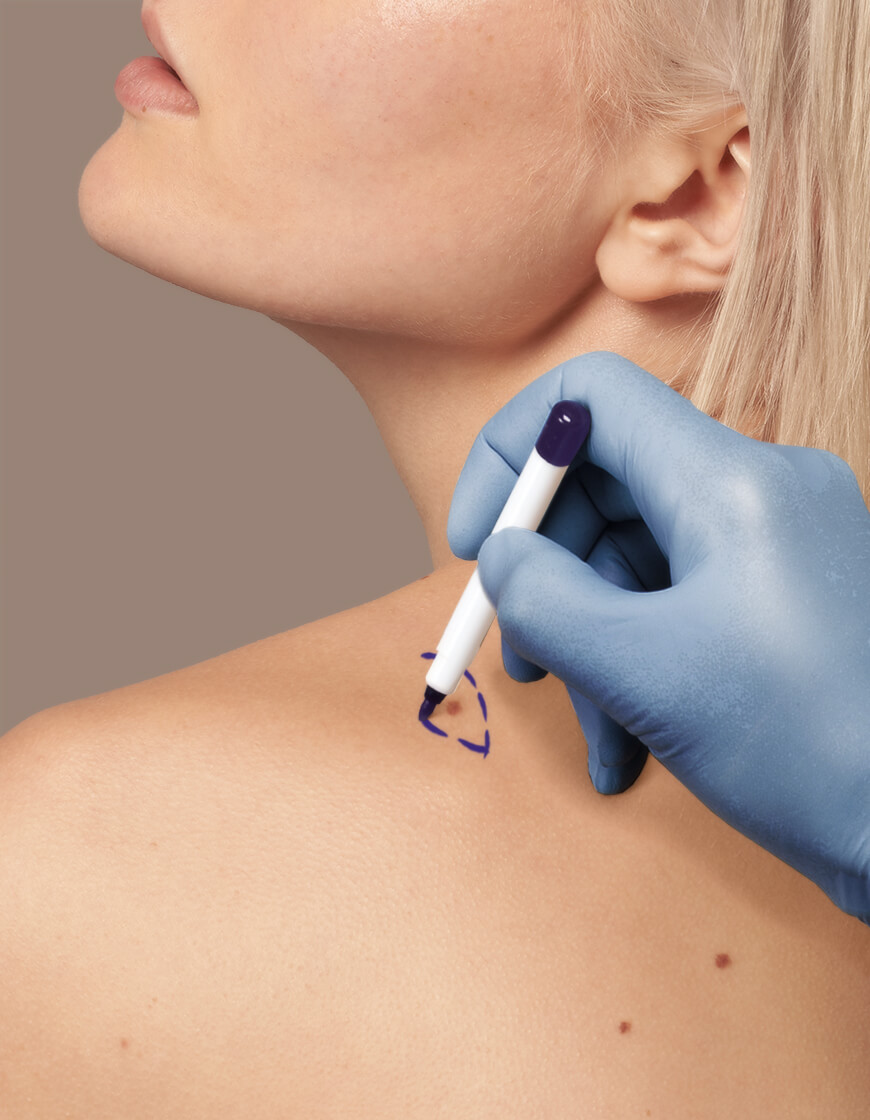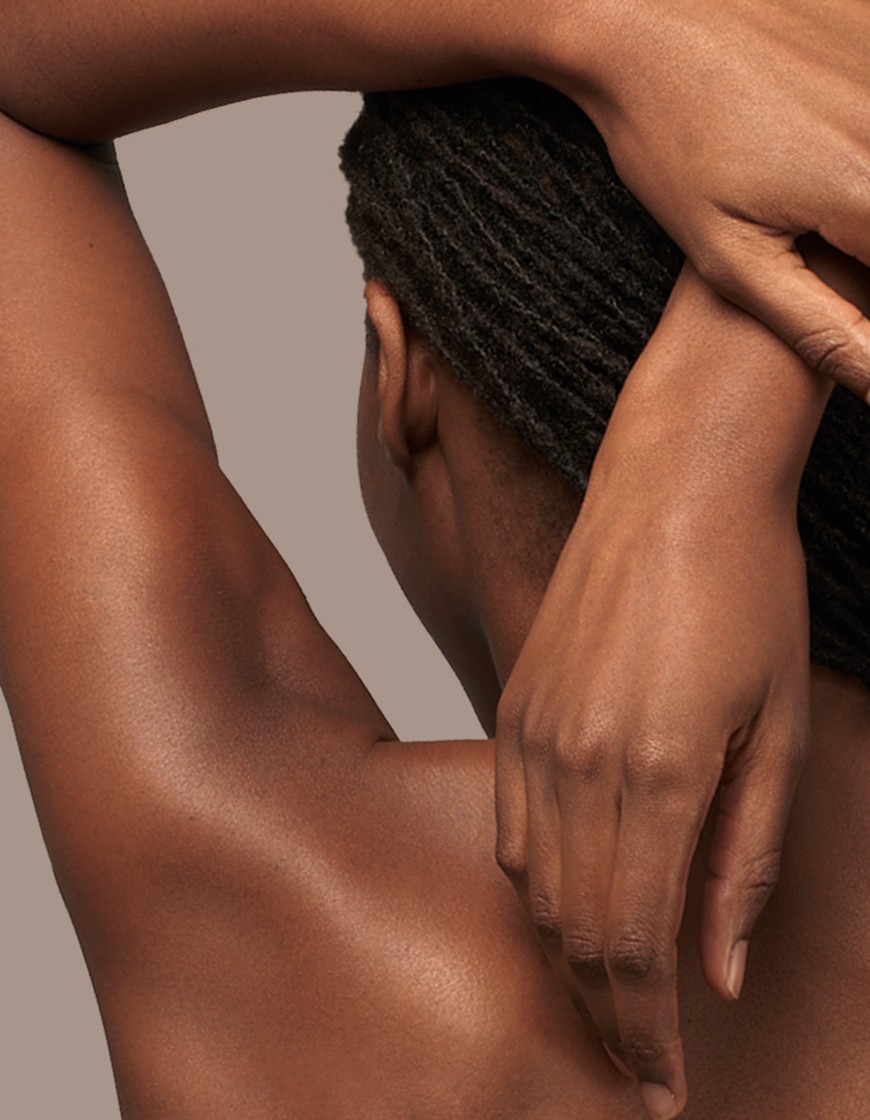Learning you have a health condition of the scalp, hair, or nails may be painful and at times embarrassing. These conditions can have many causes. Some are genetic, while others stem from autoimmune problems. The most common hair and nail conditions include psoriasis, eczema, hair loss, fungal or bacterial infections as well as nail splitting or cracking. Immediate diagnosis and treatment can positively impact the overall health of your hair and nails. If you are noticing any problems it is important to consult a dermatologist and seek accurate, medically proven treatment.
Dr Angeline Yong is a dermatologist and dermatological surgeon whose clinical interest is in hair and nail disorders. She was an integral member of the hair and nail subspecialty unit, and the founding consultant and lead of the hair transplantation service at the National Skin Centre prior to leaving for private practice. Explore the links below to learn more about some of the most common conditions affecting the hair and nail.
NAIL DISORDERS
PINCER NAILS
SURGICAL NAIL AVULSION
Nails can also be partly or completely removed by surgical nail avulsion. It is used to remove a nail that is causing symptoms that are not improving by other means.
Conditions requiring surgical nail avulsion:
- Complete nail destruction due to fungal infection
- Thickened nail due to multiple causes, e.g. congenital, ageing, tight shoes, psoriasis
- Ingrown nail
Surgical nail avulsion however is not completely successful at curing fungal nail infection, as fungi may be growing in the nail matrix under the proximal nail fold. This becomes obvious as the nail begins to grow out again, hence concurrent treatment with topical and/or oral antifungal agents may also be required. It is also not an effective treatment for an inflammatory nail disease such as psoriasis.
CO2 LASER LATERAL MATRICECTOMY
Ingrowing nails are also a common problem and occur when the edge of the nail grows into flesh at the side of the nail, causing a painful injury. The punctured skin can become inflamed and infected. Sometimes a CO2 lateral matricectomy may be performed on top of a partial or complete surgical nail avulsion to relieve symptoms and prevent regrowth of the nail edge or recurrence of the ingrowing nail.
PARONYCHIA
Paronychia is inflammation of the skin around a finger or toenail, and can be broadly classified into acute (< 6 weeks) or chronic (persisting > 6 weeks).
Acute paronychia develops rapidly over a few hours, and usually affects a single nail fold. Symptoms are pain, redness and swelling.
Chronic paronychia on the other hand is a more gradual process which may start in one nail fold (typically the proximal nail fold), but often spreads laterally and to several other fingers. Each affected nail fold is swollen and lifted off the nail plate. This allows entry of organisms and irritants. The affected skin may be red and tender from time to time, and the main complication of chronic paronychia is nail dystrophy. The distorted, ridged nail plates may be yellow and brittle, and it can take up to a year for the nails to grow back to normal.
Treatment depends on the cause of the paronychia. For acute paronychia, topical antibiotics may be prescribed for localised, minor infection, whilst oral antibiotics may be needed for more severe bacterial infection. Oral acyclovir may be needed in the case of herpes simplex infection and a surgical incision and drainage may even be required if an abscess develops.
For chronic paronychia, addressing predisposing factors is essential. This includes avoiding wet work, or using waterproof gloves during washing if needed. Topical steroid and/or tacrolimus ointments may be applied for dermatitis, and intralesional steroid injections may be used in resistant cases. Surgical excision of the proximal nail fold or eponychial marsupialisation may even be needed in some cases.
FUNGAL INFECTION
Fungal infections of the skin are also known as ‘mycoses’. They are common and generally mild. However, in very sick, immune-suppressed people, fungi can cause severe disease. Superficial fungal infections are, however, most common and typically affect the outer layers of the skin, the nails and hair.
The 3 main groups of fungi causing superficial fungal infections are:
- Dermatophytes
- Tinea corporis, pedis, manuum, cruris, capitis
- Onychomycosis
- Yeasts
- Candida
- Malassezia
- Moulds
Dermatophyte infection: Tinea corporis, pedis, manuum, cruris, capitis
Dermatophyte fungi are the ringworm fungi. They invade and multiply within keratinized tissue and are caused by 3 main categories of dermatophytes – Trichophyton, Microsporum and Epidermophyton. T. rubrum is the commonest cause of dermatophytosis.
Tinea infections commonly can include tinea capitis (scalp), corporis (trunk), cruris (groin), manuum (hands), pedis (feet), and incognito.
Fungal infection may be suspected clinically or with the help of dermatoscopy. The presence of a dermatophyte infection is typically confirmed by:
- Microscopy and culture of skin scrapings
- Histopathological examination of skin or nail biopsy using stains to reveal fungal elements
Onychomycosis
Onychomycosis encompasses all fungal infections of the nail, and includes those caused by dermatophytes and non-dermatophytes.
Dermatophytes actually account for the majority of onychomycosis, with T. rubrum and T. metagrophytes amongst the most common causes. Although onychomycosis is often asymptomatic and of cosmetic concern, patients with the condition can complain of discomfort associated with trimming the nails. Toenail infections are more common than fingernail infections, and clinical features include onycholysis, nail plate thickening, nail plate destruction, subungal debris, surface changes to the nail (e.g. roughening), and changes in nail colour.
Direct microscopy and cultures from nail clippings should be performed if onychomycosis is suspected, and especially if oral antifungal treatment is likely to be administered.
Yeast infection: Candidiasis
Superficial skin infections can also be caused by non-dermatophyte species such as candidal yeasts and Malassezia furfur.
Common examples of cutaneous candidiasis include intertrigo, vulvovaginal candidiasis and oral candidiasis. C. albicans is responsible for the majority of superficial and systemic candidiasis. Chronic or relapsing infection should provoke a search for relapsing factors which include diabetes, obesity, systemic steroid or antibiotic therapy, HIV infection or other forms of immunodeficiency.
Yeast infection: Malassezia infections
Malassezia infections typically present in the form of pityriasis versicolor or as pityrosporum folliculitis.
Pityriasis versicolor typically presents with scaly hypo- or hyperpigmented macules affecting the trunk, neck, abdomen or proximal limbs. Pigmentary abnormalities may even persist for months post pityriasis versicolor infection. Risk factors include humid, warm environments and immunosuppression.
P. folliculitis on the other hand, is characterized by monomorphic, follicular, erythematous papules and pustules on the trunk, upper arms and neck. P. folliculitis is most often mistaken for truncal acne, and can in fact be exacerbated by oral antibiotic or topical steroid use. Dr Yong will be able to provide an accurate assessment of your condition and may recommend taking a skin scrape for further diagnosis.
